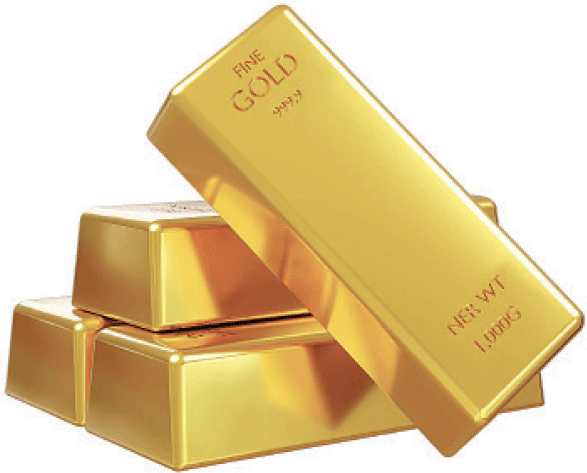Gold (XAU): The Ultimate Store of Value ✨
For over 5,000 years, through the rise and fall of empires, gold has been the universal symbol of wealth and stability. It’s not just a shiny, yellow metal; it’s a foundational asset in the global financial system, a protector of wealth, and a safe harbor in stormy economic seas.
What is Gold?
Gold is a dense, rare precious metal with the chemical symbol Au. Unlike fiat currencies (like the U.S. Dollar or Euro), it cannot be created out of thin air, making it an honest and reliable store of value. Its physical properties—rarity, durability, and divisibility—made it the perfect form of money for most of human history.
Today, gold has a dual role:
- A Monetary Asset: Held by central banks and investors to preserve wealth.
- A Commodity: Used in jewelry, dentistry, and high-end electronics.
The World Gold Council is the premier authority for research and data on gold, while the Wikipedia page for Gold offers incredible historical and scientific detail.
Gold’s Role in a Modern Portfolio 🛡️
Gold isn’t an investment for generating quick profits; it’s a long-term tool for financial insurance. Here’s its role:
- Hedge Against Inflation: This is its most famous job. When central banks print money and the purchasing power of currencies declines (inflation), the price of gold tends to rise, protecting your wealth. It’s the classic inflation hedge.
- Safe-Haven Asset: During times of market chaos, war, or economic crisis, investors sell risky assets and buy gold. This “flight to safety” happens because physical gold has no counterparty risk—it’s not dependent on any bank’s or government’s promise to pay.
- Portfolio Diversification: Gold often moves independently of stocks and bonds. When your stocks are down, gold might be up, helping to balance and stabilize your overall portfolio returns.
What Drives the Price of Gold? 📈
The price of gold is influenced by a unique set of factors:
- Real Interest Rates: This is the most critical driver. Real interest rates are the interest you earn from a safe investment (like a government bond) minus the rate of inflation. When real rates are low or negative, holding non-yielding gold is very attractive, so its price rises. When real rates are high, gold becomes less attractive. You can see the data professionals watch on the U.S. Treasury’s website.
- U.S. Dollar Strength: Gold is priced in U.S. Dollars. Generally, a weaker dollar makes gold cheaper for the rest of the world, boosting demand and the price. A very strong dollar can be a headwind for gold.
- Central Bank Buying: Central banks around the world are once again major buyers of gold to diversify their reserves away from the U.S. Dollar. This provides a strong, steady source of demand.
- Fear and Uncertainty: Geopolitical instability and economic fear are reliable catalysts for gold demand.
How to Invest in Gold
You have several options for adding gold to your portfolio:
- Physical Gold: Buying bullion coins (like American Eagles) and bars. This gives you direct ownership.
- Gold ETFs: Exchange-Traded Funds (like GLD or IAU) that track the price of gold. They are easy to buy and sell in a standard brokerage account.
- Gold Mining Stocks: Investing in the companies that extract gold from the earth. This offers leverage to the gold price but comes with business-specific risks.
Conclusion: An Enduring Asset for Uncertain Times
Gold’s role is ancient yet perfectly suited for the modern world. It doesn’t pay dividends or interest; it simply endures. As of 2025, in a global environment marked by high debt, persistent inflation, and geopolitical tensions, gold’s promise as the ultimate store of value remains as compelling as ever.
